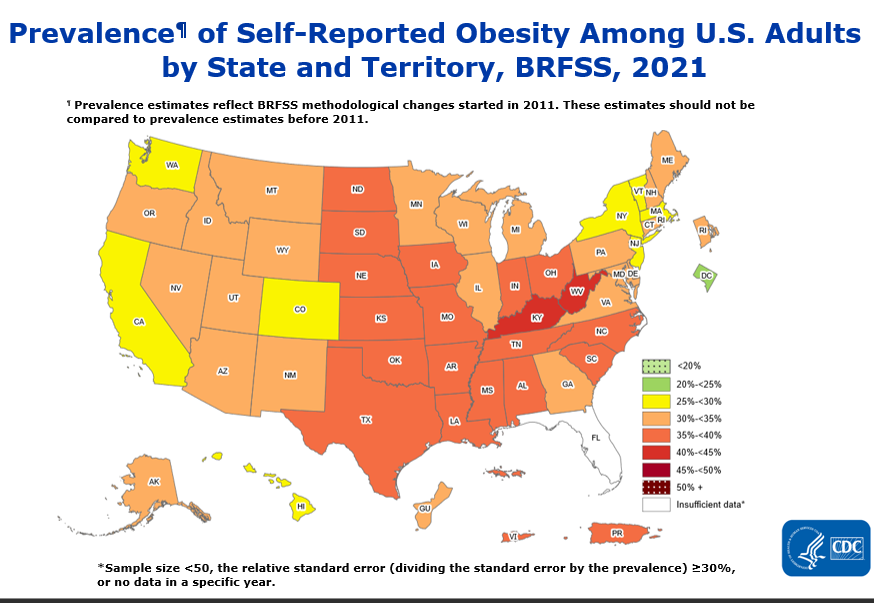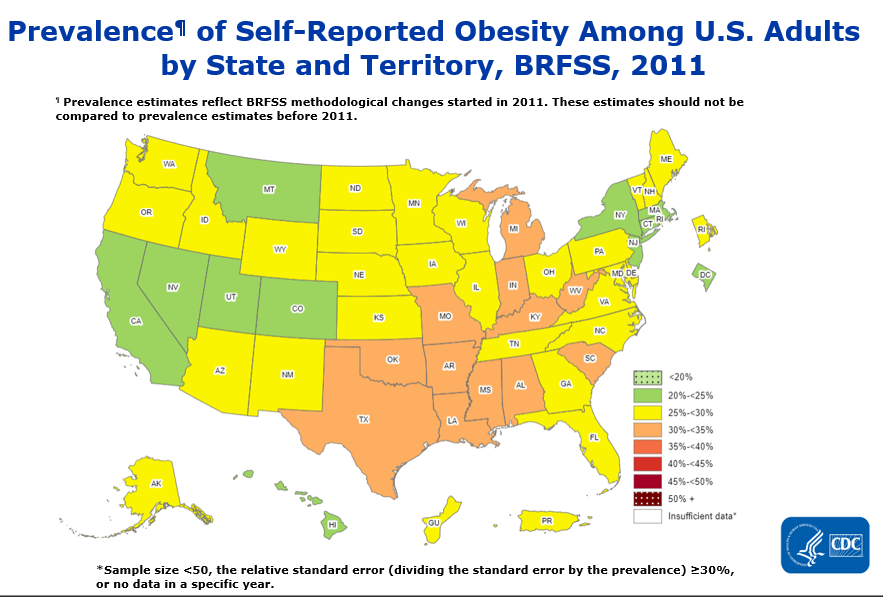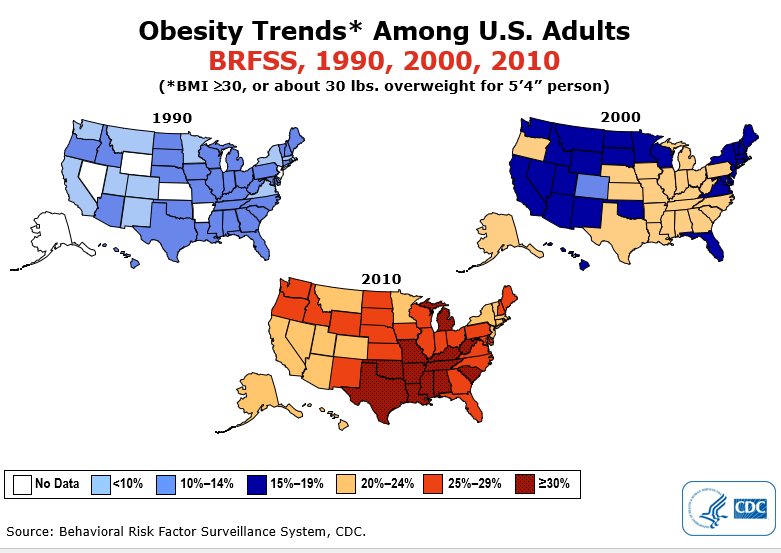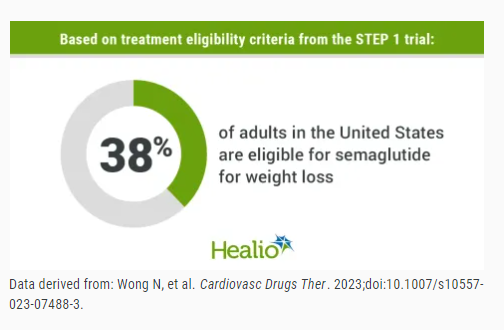October 2, 2023
I’ve had the privilege of recruiting professionals across various industries for over eight years. The list has included executives, salespeople, engineers, marketers, consultants and many more in both technical and non-technical environments. Joining hc1 challenged me with a new recruiting methodology.
Throughout my career, I’ve honed in on hiring and focusing on tech companies. The roles I’m typically recruiting for within the tech world now include software engineering, product manager, sales, support, marketing, etc. Candidates are generally mid-senior level, familiar with working in tech and often possess experience working in or growth-stage environments.
As I jumped into healthcare technology (healthtech) and began recruiting clinical and scientific professionals, I’ve found the challenge is that many candidates lack an understanding of the “high-growth” mentality and are often looking for more structure than we can provide at this stage of our business ventures. I’ve also had to learn the terminology related to clinical studies and scientific research.
What I’ve learned about recruiting for Healthtech
When you combine technology and healthcare, there is a very unique staffing need to fulfill. The business has a dual focus on software/hardware technology and scientific/clinical affairs. The need for clinical and scientific knowledge is as essential as technology development for healthtech companies.
This presents recruiting and hiring challenges. A business has to determine its best approach to investing in talent. Specific skill sets are significant and have high compensation thresholds. Also, the approach to recruiting these varied skill sets is distinct. It requires a different approach to sourcing, structure of the interview process and evaluation method of potential candidates. There are also a few indicative requirements that anyone joining a growth-stage organization has to possess.
What makes a good employee at a growth-stage company?
Below are a few essential qualities that enable individuals to work successfully within these environments.
- Flexibility: There can be abrupt changes to your work. A project you’ve poured lots of time and energy into can be abruptly paused, sometimes indefinitely, in favor of a bigger business need.
- Drive: Many managers spend 51% or less of their time on management and strategy. This means they spend only 28% of their time ensuring their teams are focused on the right work. This means that if you join a growth-stage company, you should be self-motivated and willing to work independently most of the time.
- Ambiguity: Most employees are tasked with working on projects with little to no structure or guidance. Regardless of the role level, developing project plans with limited support is a critical skill.
How does recruiting technical versus scientific candidates differ?
Sourcing: The active outreach to candidates that meet the requirements of open positions.
For software professionals, outreach for future team members occurs through traditional recruiting methods: LinkedIn, various job boards, etc., using boolean searches with terms easily gathered from job descriptions and hiring managers.
Clinical and scientific hiring requires a different approach. Traditional outreach revealed challenges – lack of responses (use of LinkedIn), boolean keyword searches being less effective and added weariness in recruiter outreach.
From a general sourcing perspective, my numbers for software roles are more than double those in scientific and clinical fields. Multiple reasons have led to this:
- I’m much more comfortable with traditional skill sets and their keywords.
- There are more individuals with specific job titles than others on LinkedIn. A quick search on LinkedIn garnered 3.8 million people with the job title “Software Engineer” and 873k people with “Scientist.”
- The clinical and scientific roles require a more niche set of skills.
This means that your approach to sourcing candidates has to be more refined and your messaging has to be specific to your audience. A little bit of customization goes a long way.
Interview Process: The process and time it takes for a candidate to enter and complete a hiring process.
For software professionals, the interview process can be quick, efficient and have a reasonably standardized structure. Many engineers expect to complete interview processes within 3-6 weeks. There is plenty of information out there on sample projects and assessments if you want to incorporate that into the process.
I’ve found that clinical and scientific professionals take a slower approach to the hiring process, expecting a more lengthy timeline and apparently preferring it. Less information is available on assessment and project best practices for these roles.
A significant difference I’ve seen through the process of interviewing and managing candidates is that scientific and clinical professionals are more interested in the process and understanding the business’s long-term goals than software professionals. This can be hard to share because of the fluid nature of a growth-stage company.
Evaluation: Determining if a candidate has the skills and abilities to complete the assigned work.
In addition to the abilities already discussed for growth-stage employees, every role has specific areas that should be covered during the interview process.
In software, we typically review someone’s written code. This can be done through tools like GitHub or by having the candidate submit code they’ve written. Many companies have candidates complete a coding exercise, meaning they ask the candidate to complete a small project, usually with an established set of parameters.
As we embarked on hiring clinical and scientific professionals, the use of exercises wasn’t the right path. How could we evaluate a scientist’s abilities when hiring our first scientist? Or how do we evaluate a clinical data analyst’s ability to manage large sets of qualitative data without breaking HIPAA or other types of compliance responsibilities we have? Creating a test from scratch might be too large an undertaking for a business at its current stage and size. Our approach to interviewing has been to ask several behavioral interview questions that would require a candidate to confidently discuss their experiences in detail. We can review written publications for some roles to see their writing style and abilities.
Conclusion
While it’s exciting to land the hire, there are times when the recruiting process can feel monotonous. Jumping headfirst into healthcare technology has re-engaged my love of the recruitment process and has helped me grow professionally. Nothing is more critical to an HR leader than professional development and learning!
I love meeting new people and developing long-term, professional relationships with candidates and following their success. Be sure to check out hc1 careers often to see if we have something that interests you or someone you know seeking a position in healthtech!
_______________________________________________________________________________
Anthony Varner, M.Ed., is the director of talent acquisition at hc1 with over ten years of experience in talent management, recruiting and leadership development. Anthony has a penchant for working with high-growth companies to build effective processes, hire talent and develop leaders. With a focus on candidate and employee experience, he can blend business and candidate needs and values to secure great talent.
Aside from working in HR and recruiting, Anthony enjoys playing Dungeons & Dragons, reading sci-fi/fantasy novels and exploring the worlds of coffee and bourbon! Connect with Anthony on LinkedIn!




